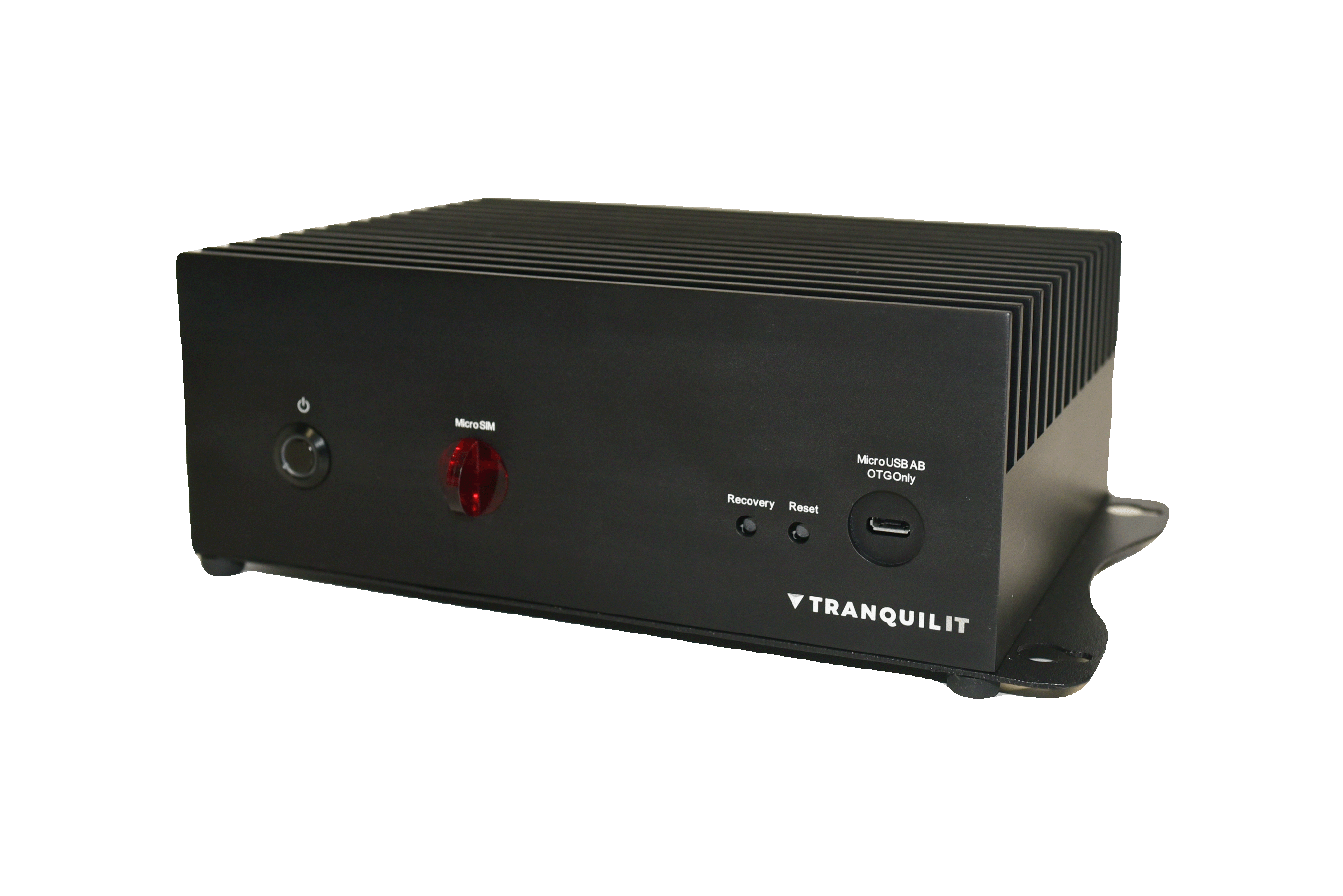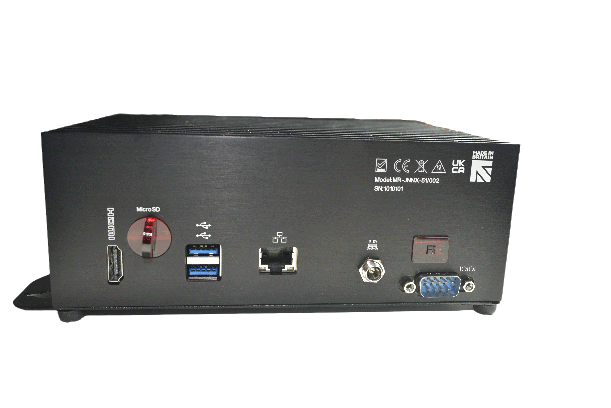EDGE COMPUTING PRODUCTS & SOLUTIONS
With the increase of our digital consumption and all connected objects, the large stream of data generated must be stored and analyzed closer to the consumer for an improved customer experience. Indeed, to communicate with a remote data center will increase latency, which is not favorable to some areas. With the arrival of 5G for example, which is a real boost for edge computing, there is a need to process information almost instantaneously, whether in everyday use, in transportation with the autonomous car or company in multiple industries like health, finance or manufacturing, where latency is crucial for users.
What Is Edge Computing?
Edge computing refers to computing that takes place at or near the physical location of the user or data source. By bringing computing services closer to these locations, edge computing allows users to take advantage of faster, more reliable services and gives businesses the flexibility of a hybrid cloud.
How Does Edge Computing Works?
Edge Computing is a method of processing data locally, close to users and devices. This saves bandwidth and reduces latency to give users the high-speed digital experiences they expect.
Simply put, Edge Computing brings data, information, and decision-making closer to the objects that use it, such as an IoT terminal or a user's computer. Rather than relying on a central location that may be thousands of miles away, the edge of the Internet will always be as close as possible to those “objects”.
This is how the physical world and the digital world interact at the edge of the Internet. Edge computing converts these interactions into data, which can be used to decide, search for patterns, or pass data to a storage or analytics application for further analysis. The goal is to ensure reliable and scalable deployment so that data, especially real-time data, does not experience latency that could affect the purpose or performance of an application.
Our Edge Computing Solutions
Rugged & Embedded Products
Our Tranquil range is composed of compact rugged PCs capable of handling extreme conditions: humidity, rain, sand, wind… our products are designed and manufactured to meet your most complex needs and last anywhere.
The benefits of our
rugged edge computers
are:
- Capable of handling any type of weather
- All rugged products are certified with a High Ingress Protection (IP) rating, which indicates the protection level of our embedded products (against both liquid and solid).
- Cooled with passive cooling technology optimized for efficiency and durability.
- The aluminum we use for the chassis production is repurposed and recycled.
All Tranquil range products are fanless, which give them a lot of benefits, especially for edge computing and IoT needs.
- No fans lengthen the lifespan of the rugged products because it eliminates the risk to draw in dust and dirt from the environment.
- No moving parts enable our embedded computers to resist shocks and vibrations for increased reliability in any environment.
- It also allows an important decrease in power consumption.
Tranquil Edge computers are classified in 3 ranges.

Digital Signage IT
Our digital signage rugged products have consistently achieved outstanding results due to their small size, maintenance-free design, remote hardware management capabilities, and low total cost of ownership.
With our expertise, businesses can harness the power of digital signage to captivate audiences, enhance brand messaging, and drive desired outcomes!

All Terrain IT
Our embedded solutions offer a wide range of IP ratings, from IP41 to IP68, and can withstand operating ambient temperatures up to 70°C.
This versatility allows us to bring IT capabilities to the most challenging environments. With installations becoming increasingly inaccessible, our low-maintenance Edge solutions provide peace of mind.
They are designed, manufactured, and tested to perform reliably in extreme conditions, whether outdoors in the sun, wind, and rain or inside industrial factories.

Maritime IT
Our Martime rugged solutions offer reliable IT in the maritime industry. Their fanless housings with IP ratings protect electronics from moist and salty air.
With no moving parts and shock/vibration protection, their systems withstand ship vibrations and poor weather.
We provide tailored solutions for ship systems, security, and crew PCs, ensuring longevity and reliability in challenging maritime environments!
Our product designed for Edge AI
Compact Rugged Computer with NVIDIA® Jetson™
Edge AI being a booming field, 2CRSi and Tranquil IT designed and manufactured a complete solution in the form of a compact, rugged and embedded computer. To power this product, we chose the infamous NVIDIA® Jetson™ technology, specifically the Jetson™ Xavier NX Series.
This module is specifically designed for running complete AI systems, offering an impressive 21 TOPS of accelerated computing power. It efficiently handles the processing requirements of parallel neural networks and seamlessly manages data from multiple high-resolution sensors all at once!
Our embedded computer made for Edge AI can run many IoT applications such as: image classification, object detection, segmentation, and voice recognition, to only cite a few.


What is Edge Computing used for?
Edge computing can range from using mobile applications, online shopping, checking your bank balance and streaming media to interacting with a connected terminal, such as a lamp, doorbell, or car, to checking in for a flight or train ride.
All these services require real-time, large-scale information processing. These examples illustrate how edge computing can make the difference between a great experience and a slow, frustrating one.
Edge Computing is far from new, but for decades it has been too far ahead of its time to be taken fully seriously. Ultra-fast stock trading or the optimization and localization of services in branch offices have long been examples of this famous alignment of business logic and location. New technologies offer more opportunities to leverage the power of edge computing, such as enabling faster decisions for connected cars and other IoT devices or improving network processing speeds with 5G.
Top 4 benefits of Edge Computing
- Enhanced Speed: Edge computing brings devices closer to the data source, reducing the physical distance data needs to travel and minimizing transfer time. This approach also alleviates network congestion and lags, resulting in significantly improved responsiveness, speed, and service quality.
- Reduced Latency: Edge computing leverages a distributed network architecture, leading to decreased latency and enabling real-time responsiveness. This not only enhances the user experience, but also facilitates real-time decision-making.
- Uninterrupted Connections: By enabling IoT applications to utilize less bandwidth and function effectively even with limited connectivity, edge computing ensures uninterrupted operations under challenging network conditions.
- Cost Savings: Edge computing helps reduce costs through various means. It minimizes required bandwidth, replaces traditional data centers with efficient edge device solutions, and reduces storage requirements. These factors contribute to overall cost optimization.